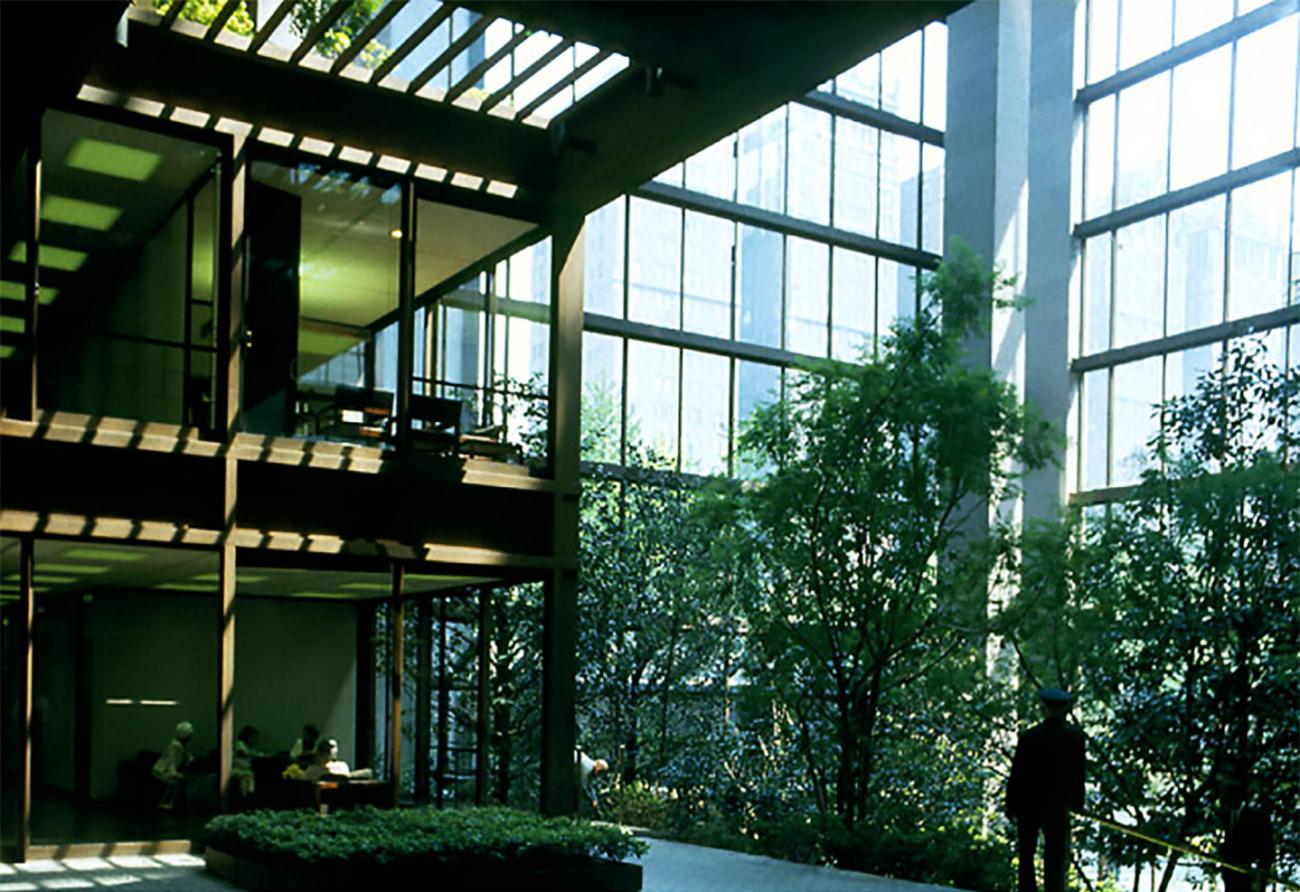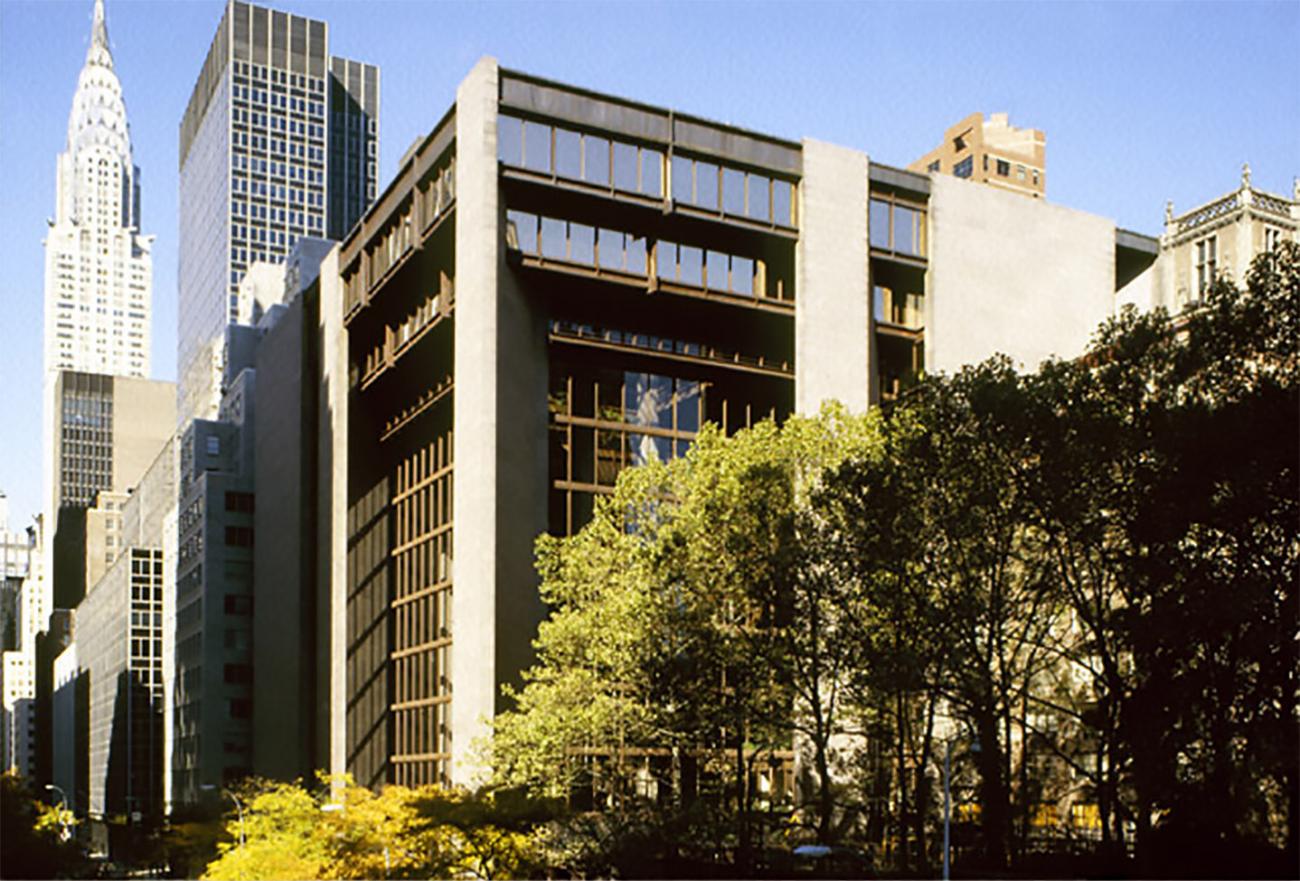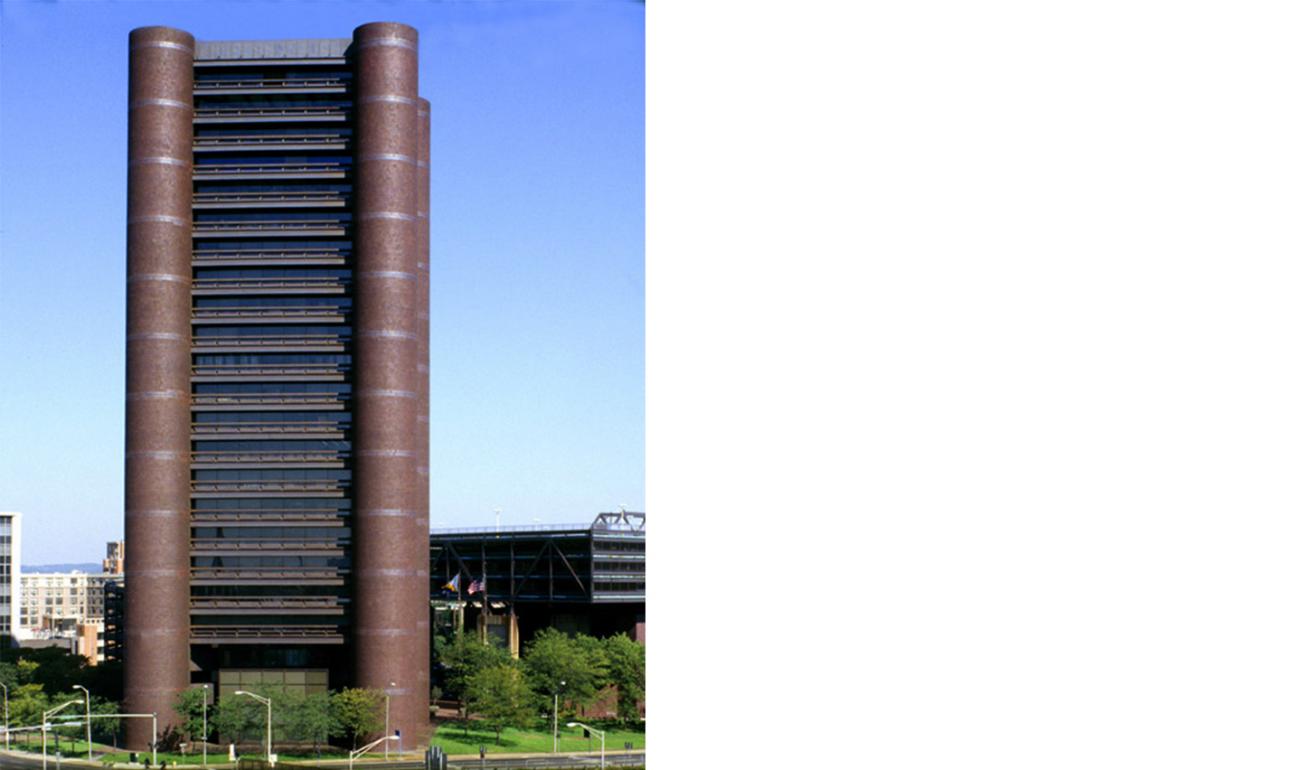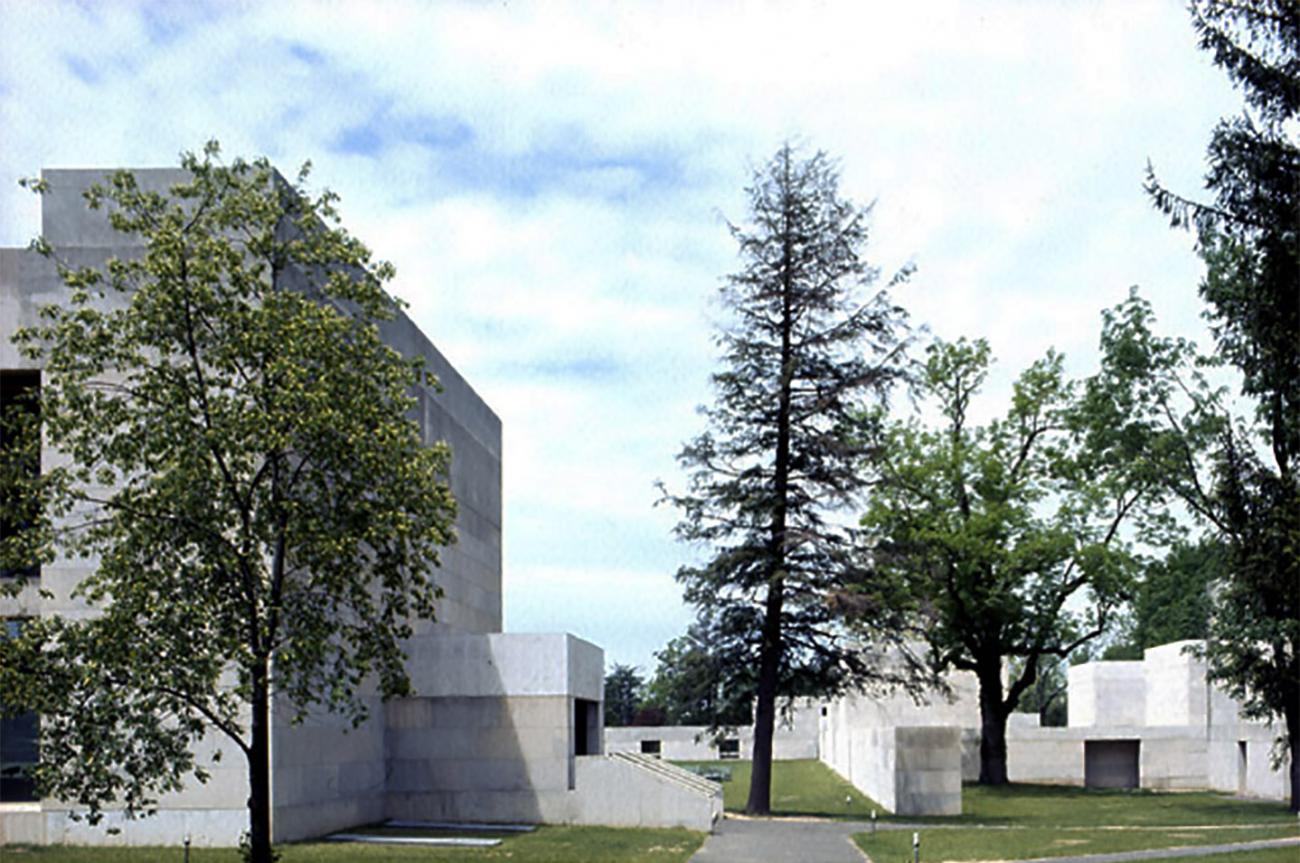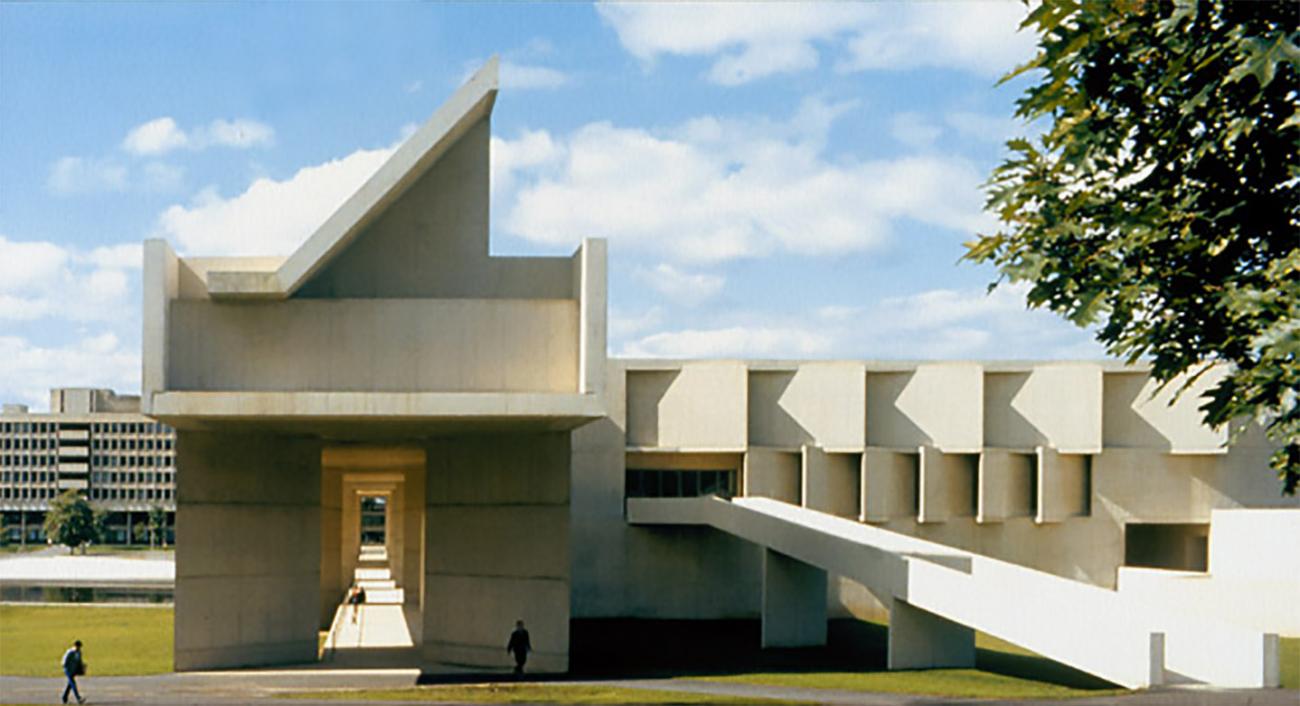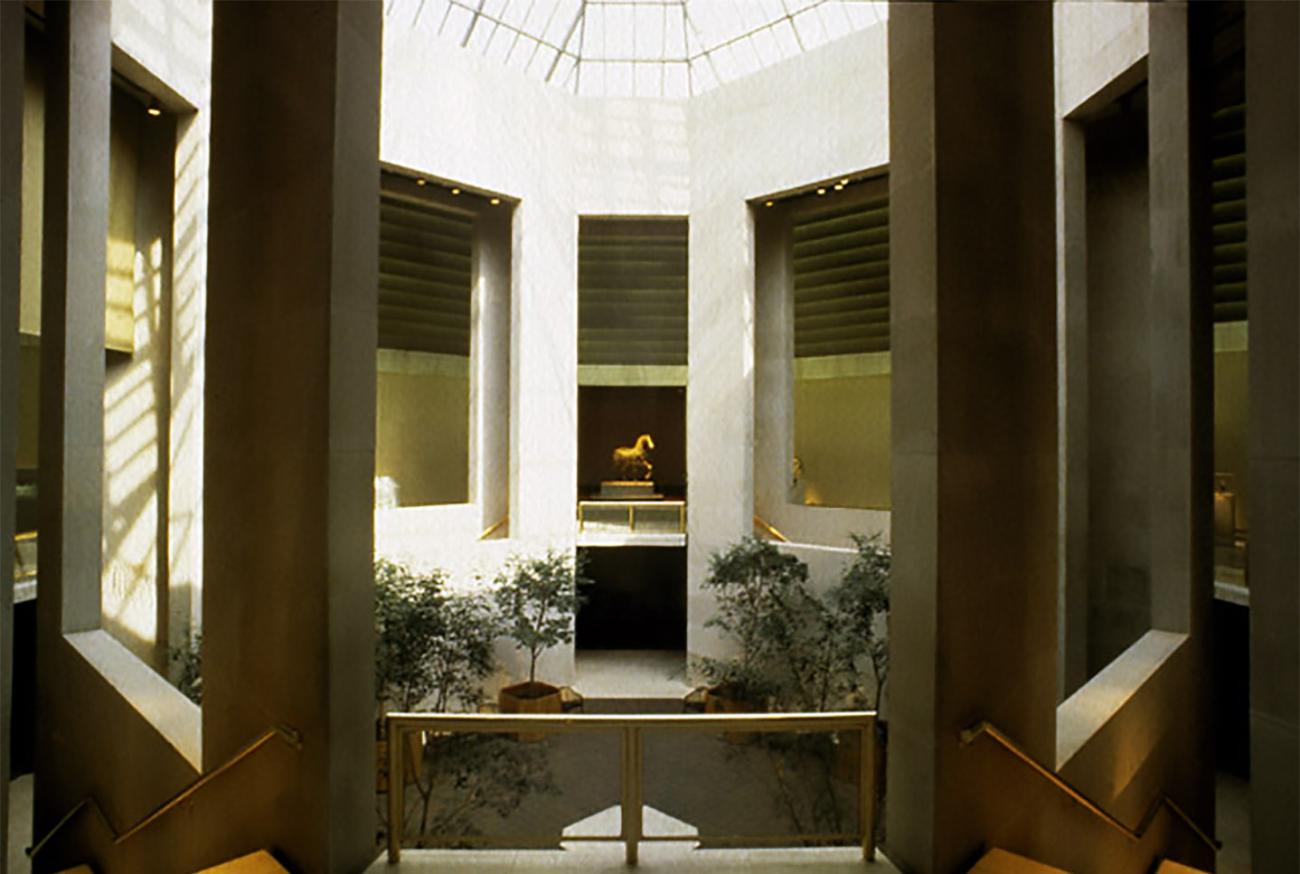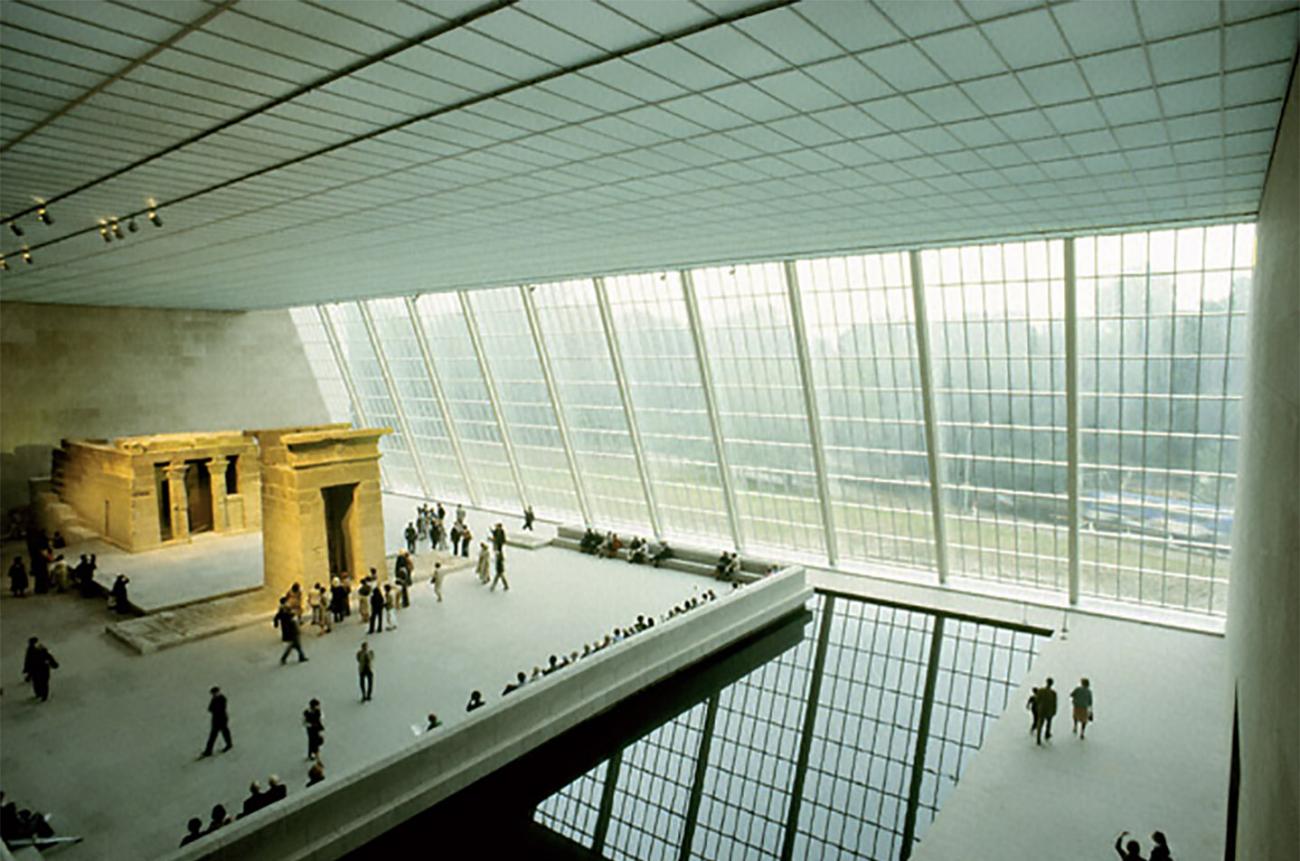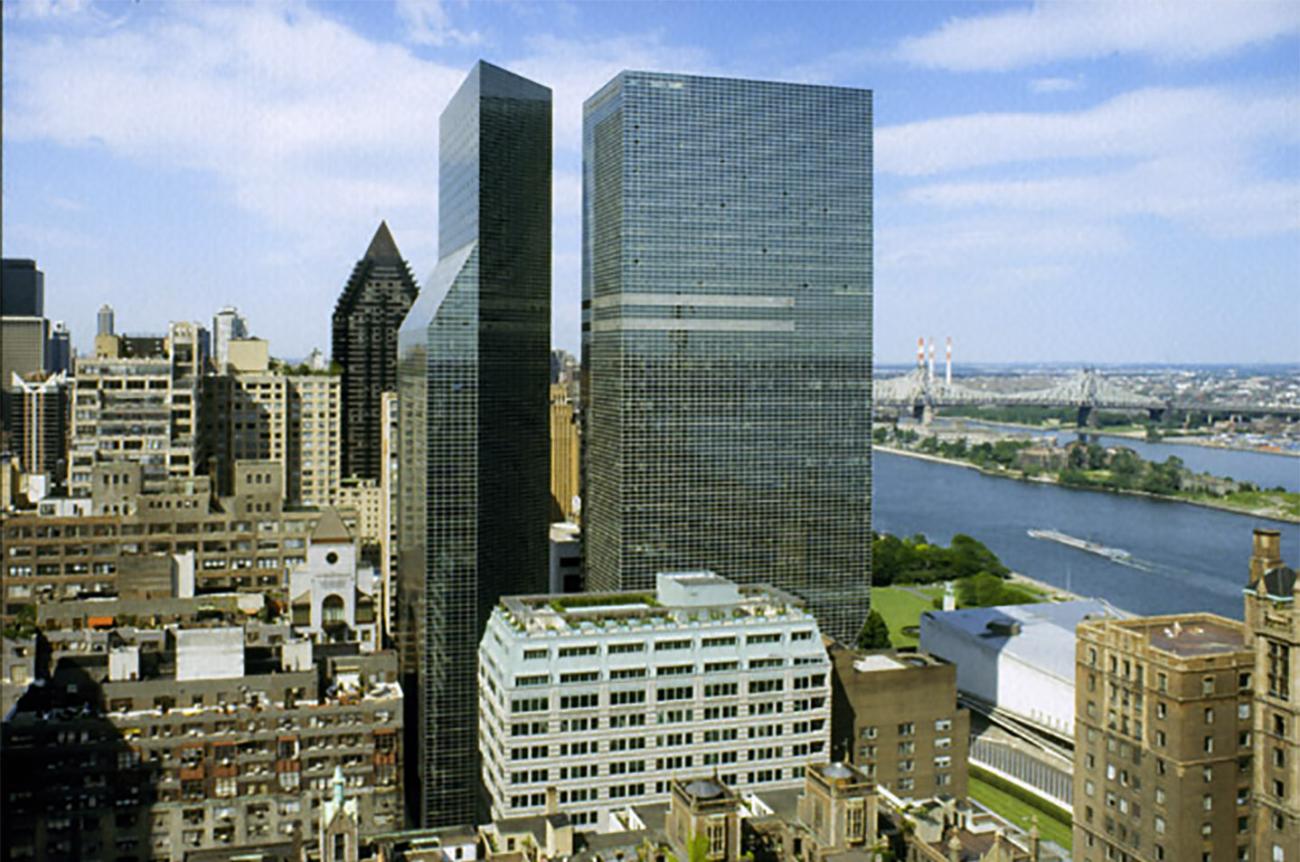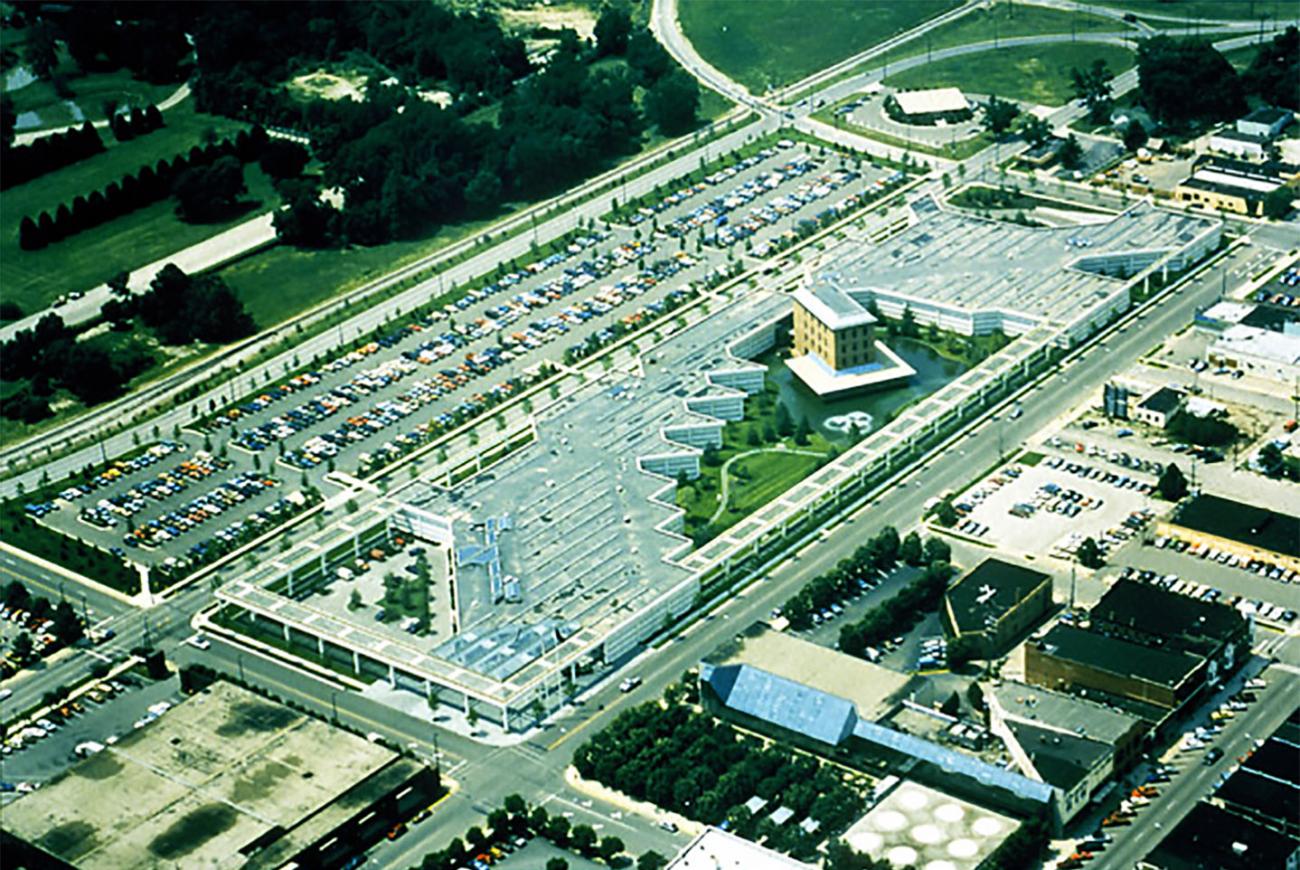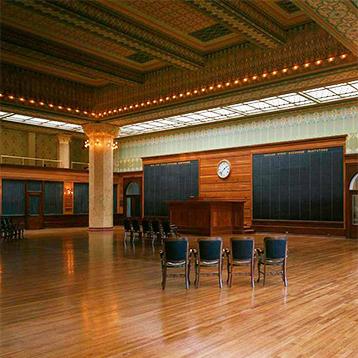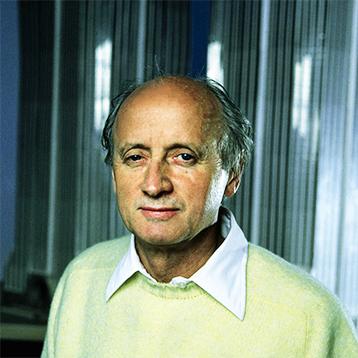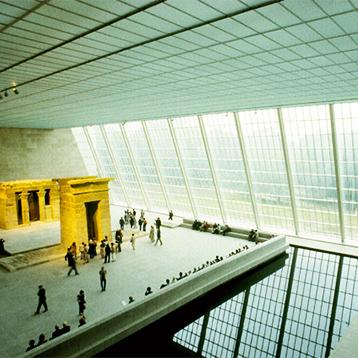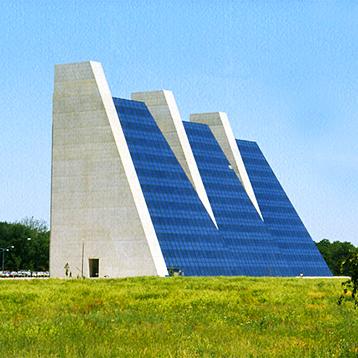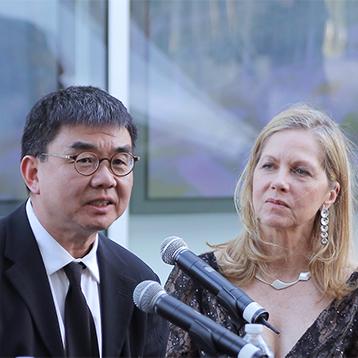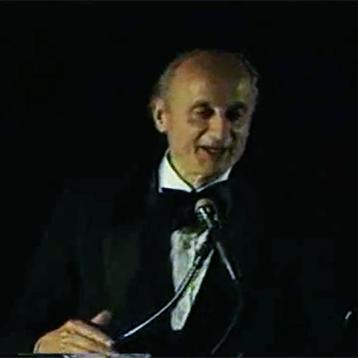Kevin Roche (1922-2019), the 1982 recipient of the Pritzker Architecture Prize, is no stranger to awards and praise. With good reason, since the body of work accomplished by him, and with his partner of 20 years, John Dinkeloo, who died in 1981, is truly prolific.
Born in Dublin, Ireland in 1922, Roche received his undergraduate degree in architecture from the National University of Dublin in 1945. He continued his studies in the United States in 1948 with Mies van der Rohe at Illinois Institute of Technology in Chicago, but left after only one semester. His search for the humanist side of architecture led him to the office Eliel and Eero Saarinen in Bloomfield Hills, Michigan. His future partner, John Dinkeloo, joined the firm in 1951, shortly after Roche. From 1954 until Eero Saarinen's death in 1961, Roche was his principal associate in design.
Upon Saarinen’s death, Roche and Dinkeloo completed the ten major projects underway, including the St. Louis Arch, the TWA Terminal at JFK International Airport in New York, Dulles International Airport outside Washington, D.C., Deere and Company Headquarters in Moline, Illinois, and the CBS Headquarters in New York.
Roche's first design after Saarinen's death was the Oakland Museum. The city was planning a monumental building to house natural history, technology and art. Roche gave them a unique concept, a building that is a series of low-level concrete structures covering a four block area, on three levels, the terrace of each level forming the roof of the one below—a museum (actually three museums) with a park on its roof. This kind of innovative solution became Roche's trademark.
